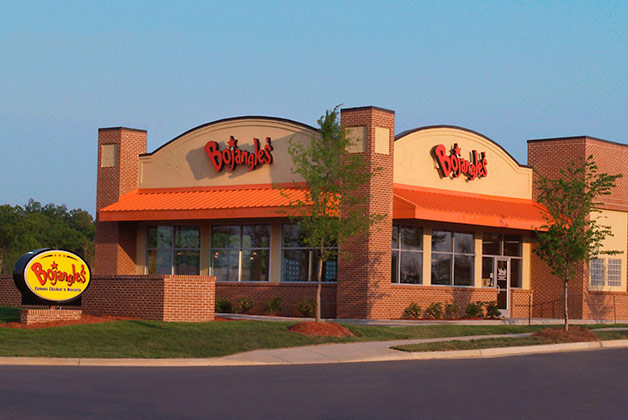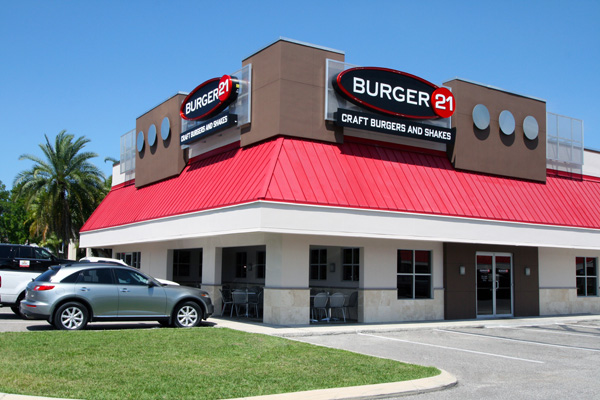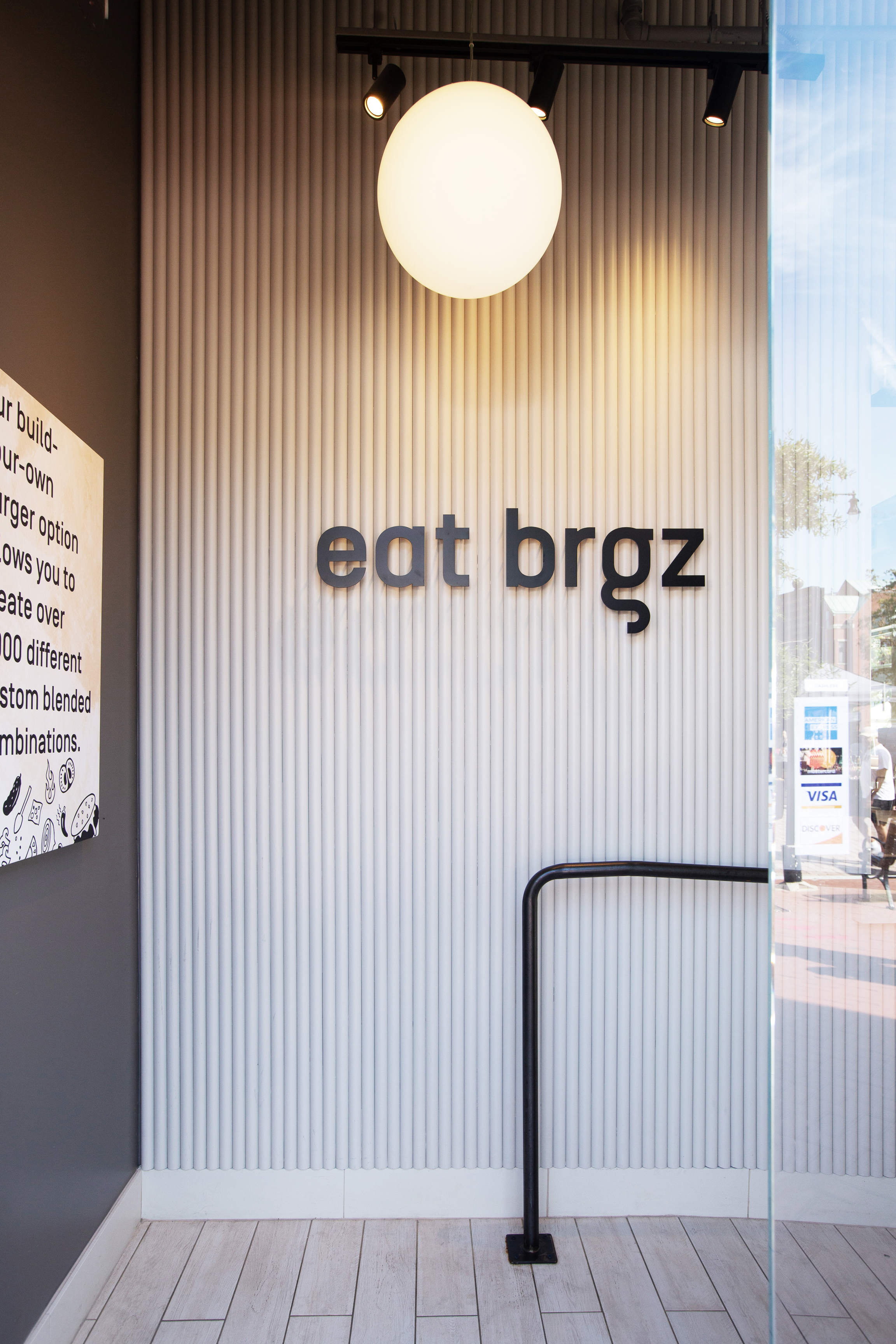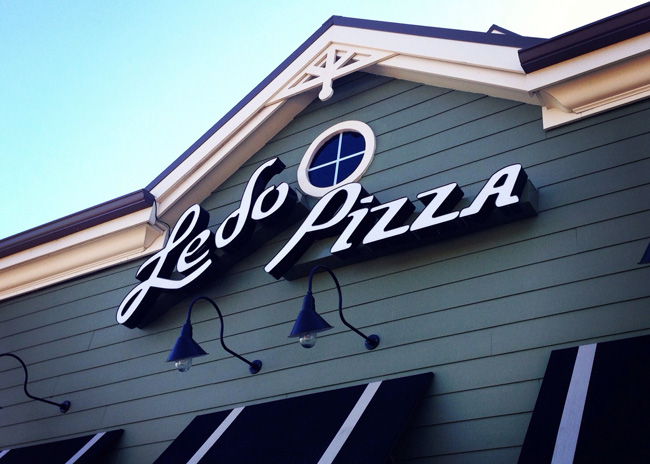Delays and unforeseen regulations can hold development projects hostage. But meticulous preparation and local allies can forestall troublesome permitting issues.
When seeking permits to open a new restaurant, always brace for the unexpected. A case in point: Late in the permitting process for a new site, a Bojangles’ franchisee was blindsided by a demand from the State Department of Transportation to ante up $100,000 for a new deceleration lane in front of the restaurant. Having already received a preliminary green light from the Department of Transportation (DOT), the unusual requirement for a deceleration lane seemed to come out of nowhere. This was in a state where Bojangles’ executives had met with the governor and other officials who were excited by the chain’s expansion plans as well as the $50 million in new construction and scores of jobs to come with it.
This scenario can provoke nightmares even among characteristically levelheaded chain restaurant development executives. "That kind of a requirement can make a development nonviable," says Eric Newman, executive vice president and general counsel for Charlotte-based Bojangles' Restaurants Inc. At worst, such costly, unforeseen obligations may force investors to cut their losses and seek other sites. More commonly, such a snag slows development and forces a postponement of the grand opening.
Many factors figure in locating the right site for a new restaurant, including the community's size, demographics, parking capacity and land development costs, to name a few. After selecting a site, the next challenges are design and obtaining regulatory approvals. With diligent attention to detail, permitting goes fairly smoothly on most projects. On others, the process comes with precarious pitfalls. Experienced development specialists, who say meticulous preparation helps enormously, provided rd+d with tips for easing the process.
Know Financial Limits Up Front
The list of items requiring state, local, county or quasi-governmental authorities to give their imprimatur is long: electric, gas, water and sewer connections; traffic impact; parking capacity; landscaping; drainage; signage; kitchen exhaust; grease disposal; and exterior aesthetics can all come under scrutiny. Restaurants, such as Bojangles', that favor developing new sites face most of these challenges and have to address all issues that come with constructing any new commercial building on an empty lot. "For us, it's like building a new shopping center," Newman says.
State DOTs, as the example above illustrates, can be unpredictable in their demands, he says. New traffic signals, median strips and turning lanes are among the requirements that DOTs sometimes impose on new developments. "The requirements vary a lot from state to state," Newman says. And the political climate may not be a good indicator of what to expect. Elected state officials may strongly favor eliminating barriers to new development, but that doesn't mean the DOT feels the same way. These authorities are often immune to political influence, Newman says, so they may issue orders that elected officials don't support. Complicating matters further, recent government budget cuts have prompted DOTs to seek additional funding by raising fees and assessments on developers.
Government authorities' zeal to extract fees from developers varies greatly from community to community and state to state. "Florida is famous for impact fees," Newman notes. "It costs $150,000 to get going, and that adds to the cost of land." Other states' fees are dramatically lower.
Thus, it's vital to have a firm grasp on the business plan and know how much in permitting costs and impact fees a project can realistically absorb. If costs cross a certain threshold, an investor can try to renegotiate the deal with the property owner to make the numbers work. If that attempt fails, it's sometimes best to walk away, Newman says. That happens only rarely, though, he adds. "We are a determined bunch."
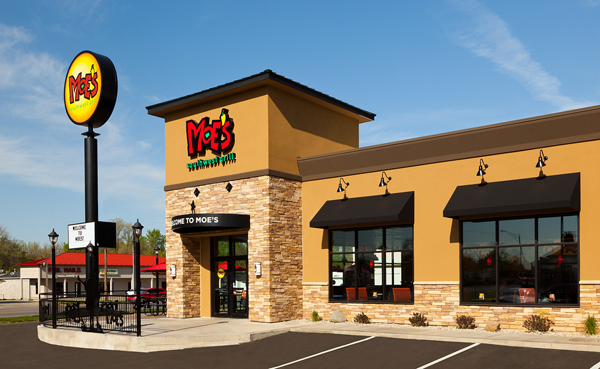
Likewise, the vast majority of development deals for Atlanta-based Moe's Southwest Grill come to fruition. "I'd say 5 percent to 10 percent fall through," says Jacqueline Collins, director of restaurant development. A significant number of those instances can be attributed to permitting issues. Thus, development executives often have to counsel newbie franchisees, explaining the vagaries of permitting and the financial ramifications on developments.
Conversions Save Time, Money
Many chains prefer to move into buildings formerly occupied by other restaurants, and with good reason. Structures that have housed eateries in the past are already properly zoned; and the previous venture already successfully acquired necessary permits, so there is every reason to expect that the new restaurant can do likewise. Utilities are in place, and parking and traffic are typically minor issues, at most, for the new owner.
"About 85 percent of our locations are remodels of existing spaces," says Collins. "We fit well into strip centers that are narrow and deep." The structure must be the right size and shape, though, to support Moe's design prototypes, she adds.
Remodeling, rather than building from scratch, can also save a bundle on interior features and systems. "If we can reuse the existing bathrooms and air conditioning system, we can save a lot of money for the franchisee," says Scott Evans, director of construction and design for Tampa-based Front Burner Brands, which owns and franchises Burger 21, the Melting Pot, and GrillSmith restaurants.
In most cases, using a facility that had been a restaurant helps make the permitting and construction schedules more predictable and reliable, Collins says. Occasionally, though, quirky rules and regulations spring surprises, and in those cases, having local people aboard the development team can greatly aid the process.
Engage the Locals
"We encourage franchisees to hire architects that are well-versed in local codes," Collins says. That point hit home at a New Jersey site where a local water/sewer authority rejected Moe's floor drain design, which had never been challenged before.
"In this township, the board had the authority to make us rip out all of our plumbing and put in 4-by-4-inch drains rather than our preferred French drain system," Collins says. A nearby township had no such rule, she says. In this case, the ruling even caught Moe's local architect by surprise. Still, she points out, local professionals are more likely to be aware of such idiosyncratic requirements than those from afar.
When moving into unfamiliar regions, having boots on the ground in the new territory can help in many ways. For instance, when Moe's, which typically occupies suburban strip mall locations, developed a midtown Manhattan property, it encountered an unusual issue. Taking over a street-level space in a high-rise required an atypical solution for the placement of the kitchen exhaust. "Condo owners don't want to smell grease exhaust," Collins explains. "In order to satisfy the code, we had to go up 20 stories for our exhaust vent." Architects with experience in urban restaurant design are familiar with such details that are peculiar to a big city environment.
Front Burner Brands often employs what Evans calls "an expediter," typically a former city employee intimately familiar with the workings of local permitting rules and regulations. This local consultant is a valuable project contributor, particularly with filling out permitting documentation, Evans says. Front Burner's national design team doesn't support that level of detail on projects, and who but a local person who has worked within the community in some kind of regulatory or project review function is better suited to fill out local permit applications? Even without knowing the ins and outs of a particular rule, this person will know whom to ask to get the necessary information.
Be Flexible When Possible
Local authorities will scrutinize certain aspects of every restaurant project. Some of the key issues that have to pass muster with the review boards include signage, the number of parking spaces and exterior aesthetics. Development executives say being willing to compromise — to a point — with permitting agencies is part of the process.
"Architectural review boards are typically the most difficult for us to deal with," says Dino Medina, vice president of design and construction for Oklahoma City-based Sonic. "Some communities are concerned about light pollution, and they may want to limit our lighting." That issue is important to the drive-in chain that places a high value on bright lights and distinctive building design to draw patrons. If a community won't allow bright lighting in a particular zone, Sonic may propose moving to another site where bright lights won't bother neighbors. If such a compromise site can't be found, the franchisee will likely have to look to a different community for a suitable location.
There are cases, though, when Sonic will modify the exterior building design to get review board approval. In a city on the New Jersey shore, for example, the company agreed to a request to create a weathered, seaside exterior aesthetic. "They asked for a gray color, mullions in windows and a mansard roof," Medina says. The city allowed the restaurant to use its distinctive bright sign and lighting, so the requested modifications on Sonic's standard design template were acceptable to the company. "The city worked with us, and the site has proven to be viable and profitable," Medina adds.
Exterior aesthetics come under particularly close scrutiny in downtown historic districts. Signage is always a critical source of concern, for instance, with review boards typically wanting all signs to have a uniform look and feel. For some establishments, certain distinctive traits are out of bounds for compromise. "We'll alter the sign type, but not the font," Collins says. The restaurant always puts 'Moe's' in big letters, with 'Southwest Grill' in smaller type. The chain has been willing, however, to replace its preferred lighted sign with a carved wooden sign lit by gooseneck lamps.
When looking to open a new site in a historic district, prepare for some delays, Collins warns. "Historical review boards take longer," she says. "They typically meet just once a month, and they can be very picky." Being well prepared for meetings and providing renderings as early in the review process as possible helps keep such projects on schedule, she adds.

Use Appeals Judicially
Some permitting authorities' rulings are final with no review or appeal framework in place. For instance, environmental or public safety issues tend to be, for all intents and purposes, not appealable. In rare instances, however, even those rulings can be modified. In Maryland, where there is much concern about protecting the Chesapeake Bay watershed, environmental reviews are getting more rigorous to prevent pollutants from stormwater runoff. "They may want us to put in retention ponds," Sonic's Medina says, "but we may be able to convince them that a sand filtering system requiring less space would be effective." That could save money on land acquisition.
The odds of a successful appeal on decisions involving aesthetics or zoning are better than on environmental or public safety issues. When considering an appeal, look to local economic development committees for allies, Medina suggests. People serving on those boards are charged with boosting economic development. The promise of new jobs and an increase in the tax base can strongly persuade many to advocate for your project, he says.
"In our 60 years, Sonic has seen just about everything when it comes to permitting," Medina says. The company is willing to appeal, say, a planning board decision to block development at a particular site if it believes there is enough local support. Sometimes, a design modification such as adding sound-dampening fencing around the property, along with pressure from economic development advocates, can persuade a board to revise a decision.
Bojangles' Newman, though, says his company believes most decisions are not worth appealing. In some communities, he notes, appeals draw the ire of local boards, and it may be better for the sake of public relations to seek a different site in the community or in a nearby community than to try to get a deal-breaker type of decision reversed.
Best Advice? Start Early
While permitting authorities generally do their best to move applications along expeditiously, one trend is lengthening the process. "Authorities more and more are tending to look at approvals sequentially, rather than in parallel," Newman says. For example, the DOT may not take a look at a new proposal until an environmental impact study has gone through the appropriate channels. Therefore, in order to keep the project on schedule, it is critical to have all of the information for the next step ready to go before completing the previous step.
And our experts suggested another opportunity for early engagement: When dealing with local officials, personal introductions early in the development process can be very helpful. "I encourage franchisees to get to know the local permitting agencies well in advance of when you need to have them review drawings and make inspections," Collins says. Though you shouldn't expect favors, establishing personal connections with planning and zoning officials tends to make interactions go more smoothly. You just might get a phone call returned a day or two sooner from a person who can match a name with a face.
Following such pointed advice from those who have spent years navigating the maze of permitting requirements will increase the odds of success. Although an unexpected event can occasionally derail a project, the approaches noted above have stood the test of time and continue to yield benefits.

